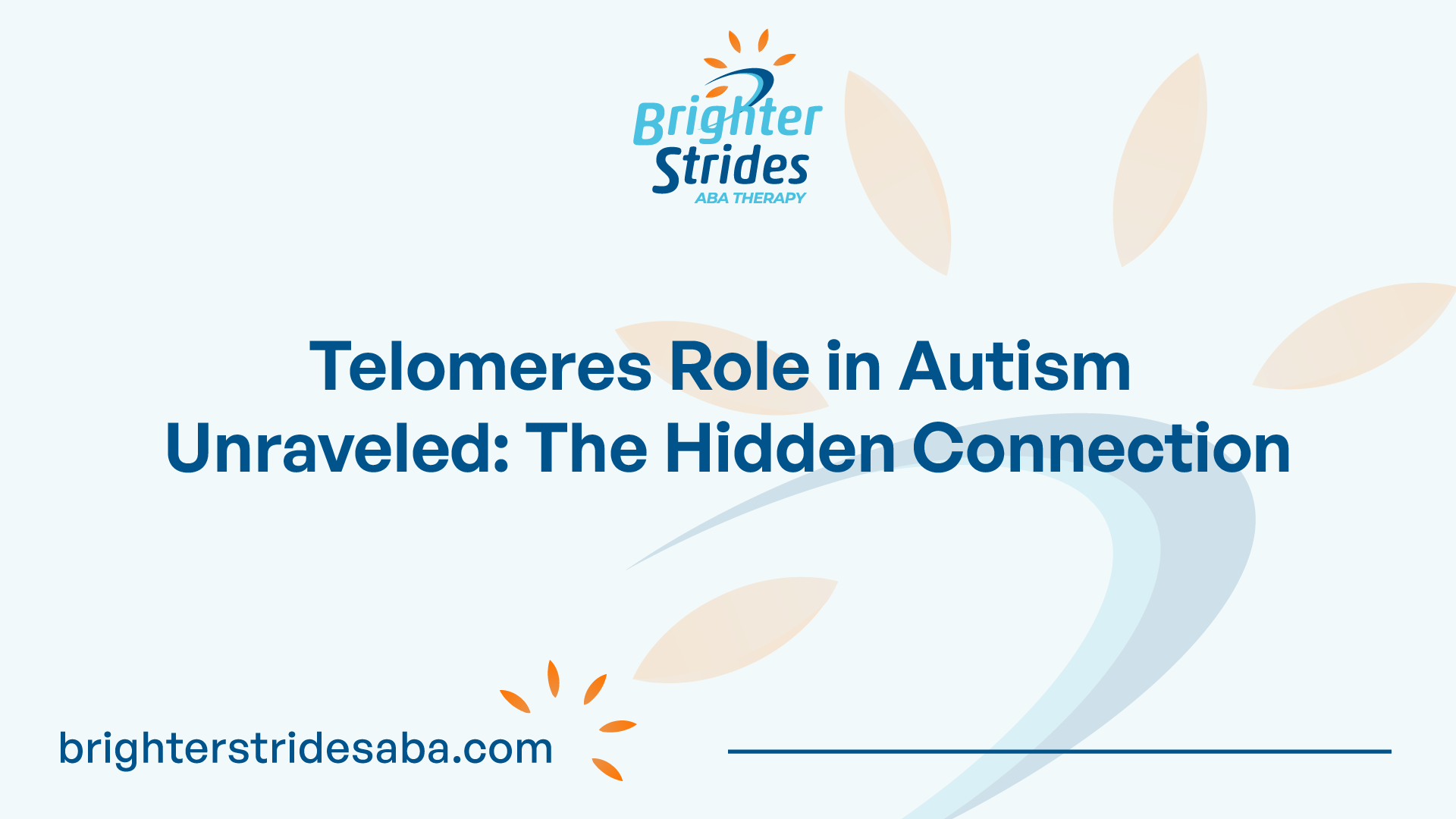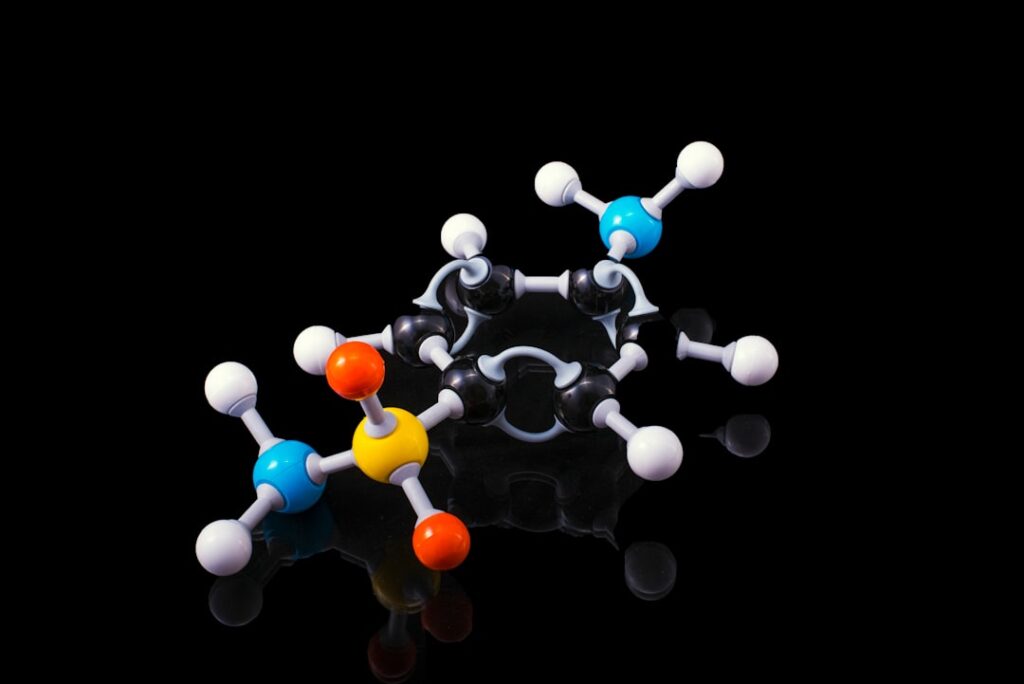Understanding Telomeres
Telomeres are crucial structures located at the ends of chromosomes that play a vital role in maintaining genomic stability. These protective caps consist of repetitive DNA sequences and associated proteins that prevent the degradation and fusion of chromosomes, ensuring the integrity of the genetic material within the cell.

Role of Telomeres in Genomic Stability
The primary function of telomeres is to safeguard the structural and functional integrity of chromosomes. With each cell division, these protective structures progressively shorten due to the end replication problem, wherein the DNA polymerase enzyme cannot fully replicate the ends of linear chromosomes. This process is a natural part of cellular aging and is associated with the limited lifespan of somatic cells.
By undergoing controlled shortening, telomeres act as a buffer, preventing the loss of essential genetic material during cell division. Once telomeres reach a critically short length, cells may enter a state of cellular senescence or undergo programmed cell death (apoptosis) to avoid the propagation of damaged DNA. Thus, telomeres contribute to maintaining genomic stability by ensuring the accurate transmission of genetic information during cellular replication.
Association with Mental Disorders
Emerging evidence suggests that telomere length may be associated with various mental disorders, including autism spectrum disorder (ASD). Studies have investigated the link between telomeres and ASD, revealing intriguing findings.
Research has shown that families with a history of ASD have shortened telomeres in comparison to families without such a history. This effect is observed at the individual level, with infants, probands (individuals diagnosed with ASD), and mothers in high-risk families demonstrating reduced relative telomere length compared to individuals in low-risk families. Additionally, patients with childhood autism exhibit significantly shorter relative telomere length in peripheral blood leukocytes compared to healthy controls.
These findings highlight the potential role of telomeres in the pathogenesis of ASD. However, further research is needed to elucidate the underlying mechanisms and establish a clear cause-effect relationship between telomere length and autism.
Understanding the association between telomeres and mental disorders, such as ASD, contributes to our knowledge of the biological underpinnings of these conditions. It opens up avenues for exploring novel therapeutic strategies that target telomere maintenance and genomic stability, potentially offering new avenues for intervention and treatment.
Telomeres and Autism
Telomeres, the protective caps at the ends of chromosomes, have been gaining attention in the field of autism research. Understanding the relationship between telomeres and autism can provide valuable insights into the underlying mechanisms of the disorder.
Shortened Telomeres in ASD
Studies have shown that individuals with autism spectrum disorder (ASD) tend to have shorter telomeres compared to neurotypical individuals. Research conducted on families with a history of ASD revealed that infants, probands, and mothers in high-risk families exhibited reduced relative telomere length in comparison to individuals in low-risk families. These findings suggest that shortened telomeres may be associated with the development of ASD.
Impact on Individuals with Autism
The impact of shortened telomeres in individuals with autism extends beyond their association with the disorder. Telomeres play a crucial role in maintaining genomic stability, and their shortened length can potentially disrupt this stability. The abnormal telomere length observed in leukocytes has been associated with various mental disorders and age-related diseases. In the context of autism, patients with childhood autism were found to have significantly shorter relative telomere length in their peripheral blood leukocytes compared to healthy controls.
Furthermore, family training interventions have been shown to have a significant effect on telomere length in patients with childhood autism. These interventions may potentially influence the maintenance and lengthening of telomeres, which could have implications for the overall well-being of individuals with autism.
The connection between telomeres and autism highlights the complex interplay between genetic and environmental factors in the development of the disorder. Further research is needed to fully elucidate the mechanisms underlying the relationship between telomeres and autism and to explore potential therapeutic interventions that may target telomere maintenance and stability.
Factors Influencing Telomere Length
Telomere length, the protective caps at the ends of chromosomes, can be influenced by various factors. These factors include family training interventions, genetic factors, and environmental factors.
Family Training Interventions
Family training interventions have shown a significant effect on telomere length in patients with childhood autism. These interventions, which involve providing support, education, and training to families of individuals with autism, have been found to positively impact telomere length. The exact mechanisms by which family training interventions influence telomere length are still being explored, but it is believed that reducing stress and providing a supportive environment may contribute to maintaining or even lengthening telomeres.
Genetic and Environmental Factors
Genetic factors play a significant role in determining telomere length and their rate of attrition. Variations in specific genes have been identified that influence both telomere maintenance and the activity of the enzyme telomerase, which is responsible for elongating telomeres. Some of these genetic variations have been linked to an increased risk of developing autism spectrum disorder (ASD).
In addition to genetic factors, environmental influences can also impact telomere length. Prenatal stress, air pollution, poor nutrition, and exposure to toxins have been found to influence telomere length and potentially contribute to the development of ASD [3]. These environmental factors can directly or indirectly affect cellular health and may interact with genetic predispositions to increase the risk of autism.
Maternal factors related to telomere biology, such as shortened maternal telomeres, could also influence autism risk in offspring. Shorter maternal leukocyte telomere length has been associated with more severe autistic symptoms in children.
Understanding the interplay between genetic and environmental factors and their impact on telomere length is crucial in unraveling the relationship between telomeres and autism. Further research is needed to explore these factors in greater detail and their specific contributions to telomere length dynamics in individuals with autism spectrum disorder.
Telomere Length Studies
Researchers have conducted various studies to explore the relationship between telomere length and symptoms of Autism Spectrum Disorder (ASD). These studies provide valuable insights into the correlation between telomeres and ASD symptoms, as well as the potential predictive significance of telomere length.
Correlation with ASD Symptoms
Multiple studies have indicated a correlation between telomere length and ASD symptoms. For instance, families of children with ASD who have an infant show shortened telomeres compared to families with no history of ASD. This effect was observed at the individual family member level, with infants, probands, and mothers in high-risk families displaying reduced relative telomere length compared to individuals in low-risk families.
Patients with childhood autism have been found to have significantly shorter telomere length in peripheral blood leukocytes compared to healthy controls. Additionally, children and adolescents with ASD were found to have shorter telomere length compared to typically developing individuals, with unaffected siblings having telomere length in between those of typically developing and ASD individuals. These findings suggest an association between shorter telomere length and ASD.
Furthermore, there are novel associations between telomere length and sensory symptoms in individuals with ASD, indicating a potential biological mechanism underlying sensory symptoms related to telomere shortening. However, the relationship between telomere length and autistic traits is less clear, with cognitive functions, rather than autistic traits, being more closely related to telomere length in parents of children with ASD.
Predictive Significance
Telomere length has shown potential predictive significance in relation to ASD. Shorter telomere length in peripheral blood leukocytes has been associated with childhood autism, indicating that telomere length could serve as a potential biomarker for ASD. Additionally, families with children and adolescents who have ASD, especially those with elevated sensory symptoms, may be at risk for worse age-related health outcomes related to telomere shortening [4].
While more research is needed to fully understand the implications of telomere length in ASD development, these studies suggest that telomere length can provide valuable insights into the correlation and potential predictive significance of ASD symptoms. Further investigations in this field may help uncover additional links between telomeres and the complex nature of Autism Spectrum Disorder.
Telomeres and Oxidative Stress
Telomeres, the protective caps at the ends of chromosomes, play a crucial role in maintaining genomic stability. Recent research has suggested a potential link between telomeres and oxidative stress in individuals with autism spectrum disorder (ASD). Understanding the impact of oxidative stress on telomeres can provide valuable insights into the development of ASD.
Biomarkers of Oxidative DNA Damage
One of the key markers of oxidative stress is the presence of 8-hydroxy-2-deoxyguanosine (8-OHdG), a biomarker of oxidative DNA damage. Studies have shown that the content of 8-OHdG is significantly higher in children with ASD compared to typically developing children. This indicates that individuals with ASD may experience increased oxidative damage to their DNA, which can have implications for telomere length and function.
Antioxidant Enzyme Activity
Antioxidant enzymes play a crucial role in combating oxidative stress by neutralizing harmful free radicals. Superoxide dismutase (SOD) is one such antioxidant enzyme. Interestingly, studies have found higher SOD activity in children with ASD compared to typically developing children. This suggests that individuals with ASD may have an upregulated antioxidant response to counteract the increased oxidative stress they experience.
Furthermore, telomere length (TL) has been found to be positively correlated with catalase (CAT) activity, another antioxidant enzyme [6]. This correlation indicates that telomere sequences rich in guanine may be susceptible to damage caused by oxygen free radicals, leading to oxidative stress and potentially contributing to the development of ASD.
Understanding the relationship between telomeres and oxidative stress is crucial for unraveling the underlying mechanisms of ASD development. The elevated levels of oxidative DNA damage and antioxidant enzyme activity observed in individuals with ASD highlight the potential role of oxidative stress in telomere dynamics and genomic stability. Further research is necessary to fully elucidate the complex interactions between telomeres, oxidative stress, and ASD, ultimately paving the way for targeted interventions and therapies.
Implications on ASD Development
The relationship between telomeres and autism spectrum disorder (ASD) has significant implications for understanding the development and progression of the condition. Several factors, including risk factors and protective factors, as well as telomere length’s association with cognitive function, play a role in the complex landscape of ASD.
Risk Factors and Protective Factors
Telomere length has been found to be shorter in individuals with ASD compared to typically developing individuals. Shorter telomere length is associated with an increased risk of ASD, particularly in families with a history of the disorder. Additionally, shorter telomeres have been linked to more severe autism symptoms.
Maternal factors related to telomere biology, such as shortened maternal telomeres, could also influence autism risk in offspring [3]. Genetic factors are another significant contributor to telomere length and their rate of attrition. Variations in specific genes have been identified that influence telomere maintenance and telomerase enzyme activity, and some of these genetic variations have been associated with an increased risk of developing ASD [3].
Telomere Length and Cognitive Function
Telomere length in children with ASD has been found to be shorter compared to typically developing children. Telomere length is considered a biomarker of cumulative intracellular oxidative stress (OS) load and may be associated with the pathophysiological development of ASD.
Reduced telomere length and reduced catalase (CAT) activity are risk factors for the development of ASD. CAT is an antioxidant enzyme that helps protect against oxidative stress. On the other hand, reduced 8-hydroxy-2-deoxyguanosine (8-OHdG) content, which is a biomarker of oxidative DNA damage, and reduced superoxide dismutase (SOD) activity are protective factors for the development of ASD. SOD is another antioxidant enzyme.
Telomere length has shown predictive significance for the identification of ASD. In a study, telomere length demonstrated an area under the curve (AUC) of 0.632, indicating its potential as a predictive biomarker for ASD.
The relationship between telomere length and cognitive function in individuals with ASD is an area of ongoing research. Understanding the impact of telomere length on cognitive abilities can provide valuable insights into the neurological aspects of ASD and potentially contribute to the development of targeted interventions.
Telomeres play a significant role in ASD development, with shorter telomeres associated with increased risk and more severe symptoms. Genetic and environmental factors, along with oxidative stress markers, contribute to telomere length and its implications for ASD. Further research is needed to fully comprehend the intricate connections between telomeres, ASD, and cognitive function.
References
- https://pubmed.ncbi.nlm.nih.gov/26088664/
- https://www.ncbi.nlm.nih.gov/pmc/articles/PMC4233346/
- https://www.goldenstepsaba.com/resources/telomere-and-autism
- https://pubmed.ncbi.nlm.nih.gov/32323911/
- https://www.frontiersin.org/articles/10.3389/fpsyt.2023.1209638/full
- https://www.frontiersin.org/journals/psychiatry/articles/10.3389/fpsyt.2023.1209638/full
- https://www.magnetaba.com/blog/telomere-and-autism

 We've just released an article!
Check out our blog!
We've just released an article!
Check out our blog!



